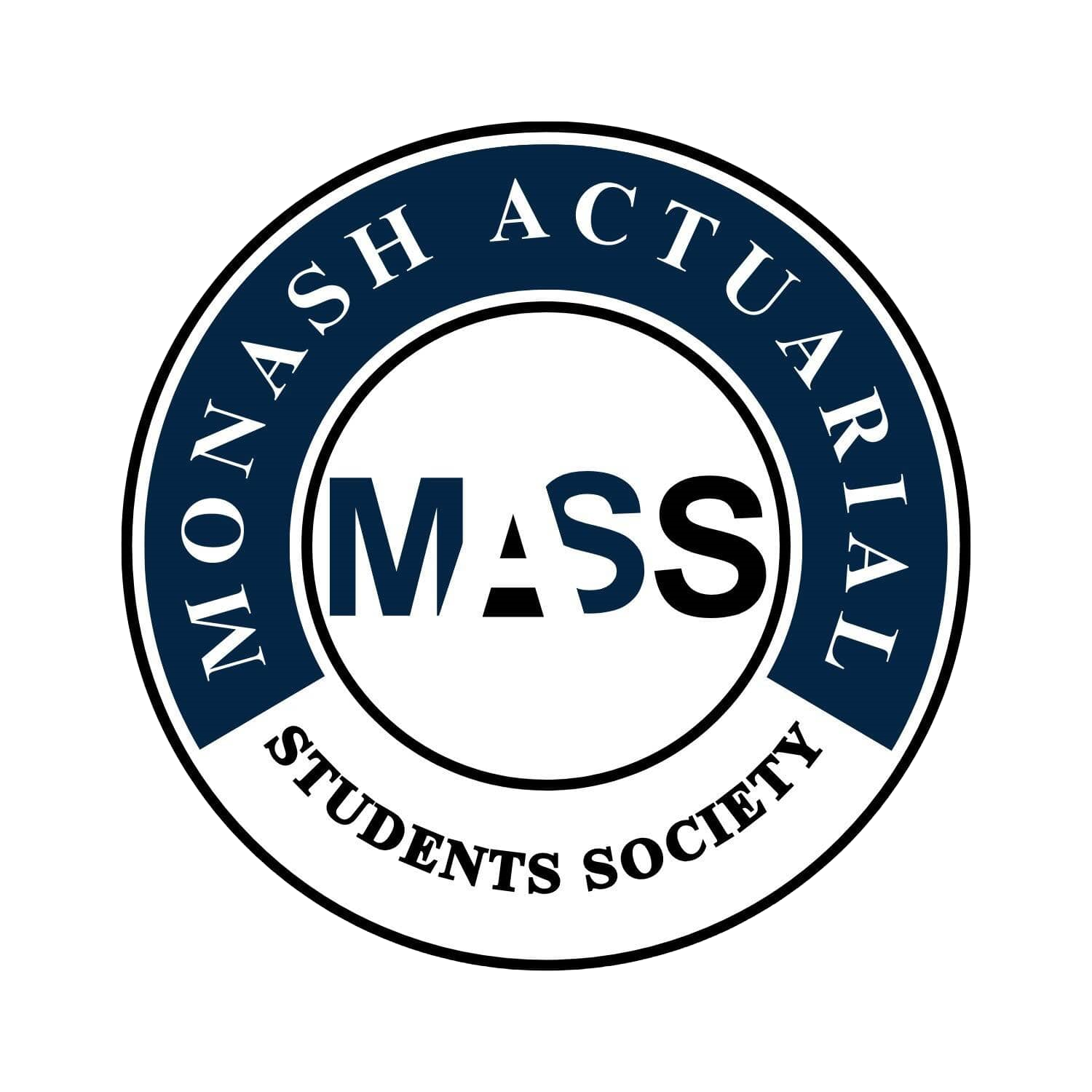ETC3530 / ETC5353 Contingencies in Insurance and Pensions
Difficulty:
Year Completed: Semester 2, 2020
Prerequisite: ETC2430
Exemption:
CM1 Actuarial Mathematics
ETC1000 (10%), ETC2430 (35%), ETC3530 (55%)
Weighted average of 70% required. Minimum of 60% required for each unit.
Mean Setu Score: 84%
Clarity of Learning Outcomes: 87%
Clarity of Assessments: 83%
Feedback: 77%
Resources: 83.6%
Engagement: 87.6%
Satisfaction: 85.2%
Subject Content:
Lecture(s) and Tutorial(s):
Textbook(s):
Assessments:
The topics included assurances and annuities, variable benefit and
profit insurance contracts, gross premiums and gross reserves,
joint life insurance contracts, mortality profit and competing risks
and unit linked insurance policies and profit testing.
1 x 2 hour lecture
1 x 1.5 hour tutorial
N/A
Online Quizzes 10%
Assignment 1 10%
Assignment 2 20%
Final Exam 60%
Comments
The unit was challenging however the content was very engaging.
The unit explores the idea of life products and builds upon the
concepts learnt in ETC2430 (the prerequisite for this unit).
The lectures were very engaging and explained the content very
well. Some of the content in the lectures did take more than 2
hours to go through, but the teaching team had follow up videos
and gave extra time to cover all the content. All of the content
assessed can be found within the lecture slides.
Tutorials started with an introduction, ran through some of the
key tutorial questions and then ended by linking the weeks'
learning to the industry. They were a great way to build
understanding of the concepts learnt in the lectures and had very
similar style of questions to the exam. The tutorials did go quite
quickly as it was only an hour. It is important to review the content
afterwards. The tutorials did not cover all of the tutorial questions
in the list and gave students the opportunity to complete them
afterwards.
The assignments were in R and assessed your abilities to apply life
products into R. Both assessments assessed the content directly
and expanded on the understanding of the concepts. It was also
good experience to use R as a platform to complete the
assignments.
The exam was quite challenging and was quite pressured for time.
Students should aim to work fast and practice of the tutorial
questions under time pressures will definitely help for the exam.
Attend all tutorials and lectures. While it is not always necessary to
reproduce the proofs given in the lectures, it is important to grasp
a good understanding in order to complete the exam questions.
General Overview:
Lectures:
Tutorials:
Assessments/Other Assessments
Exams
Concluding Remarks

